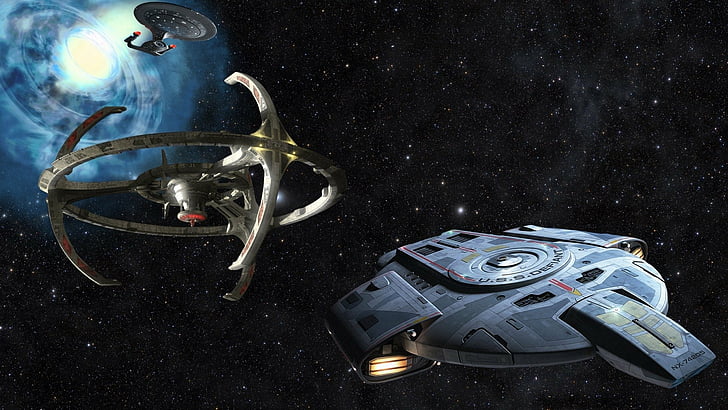

Orinoco preserves motion correctly in all scenes and is included here as an insurance policy. I have also achieved an identical-quality 59.94 fps conversion, codenamed Orinoco.


While Rio Grande is capable of throwing errors - I have included an example of such - there’s an alternative if it tangles up an episode in a way you don’t want to tolerate. Special thanks to Cyril Niderprim, who found the hilariously simple solution below, and a pox on the small mountain of more complicated scripts I’d written. While I have not yet checked the method against the entire show, it worked well on test episodes from S2, S4, S5, and S6. I have created a 23.976 progressive version of Deep Space Nine, codenamed Rio Grande. I’ll be demonstrating the results all throughout this article. Nine months later, I’ve accomplished what I set out to do: Create a method of remastering and upscaling Deep Space Nine that didn’t rely on hand-combing episodes to fine-tune deinterlacing algorithms while compromising on image quality to the smallest extent reasonably possible. After I saw how much improvement could be wrung out of some old MKVs, I decided I’d start over, using the original, superior, Deep Space Nine DVD source. I’ve been working to remaster Deep Space Nine for the past nine months, ever since AI-based video upscaling software began to hit the market. Most stories don’t begin at the ending, but that’s the only place to start this one.


 0 kommentar(er)
0 kommentar(er)
